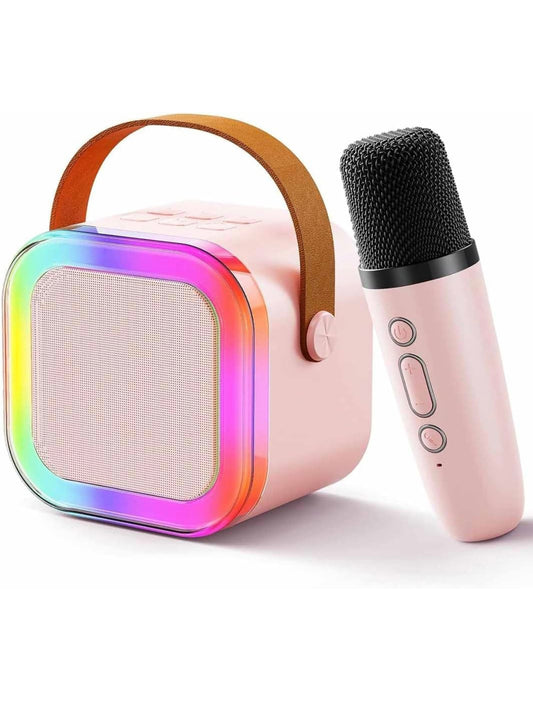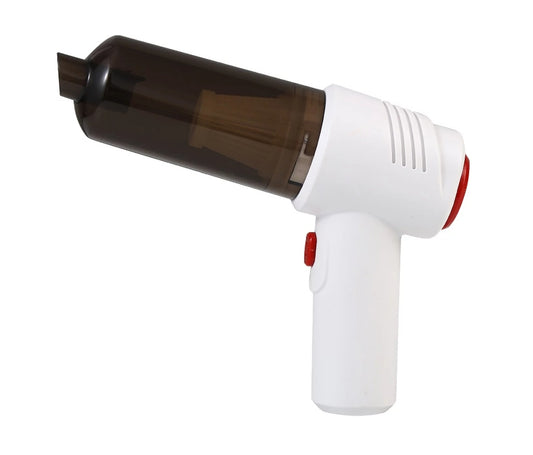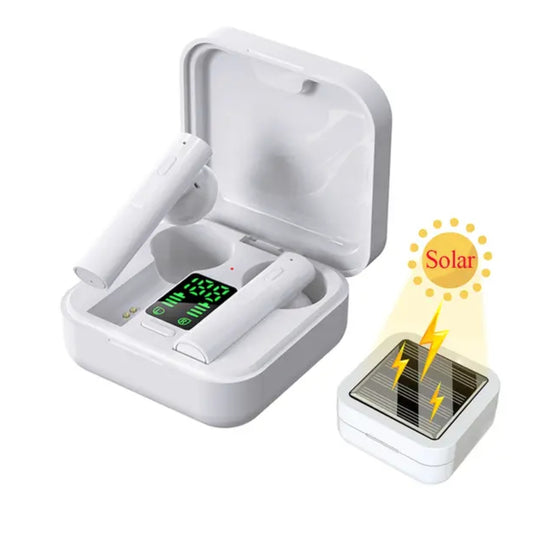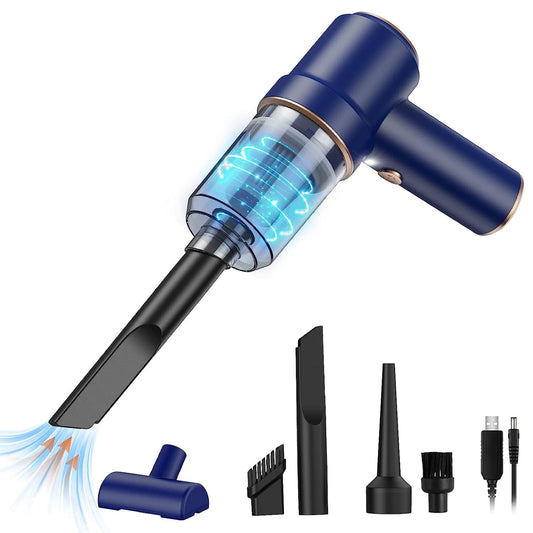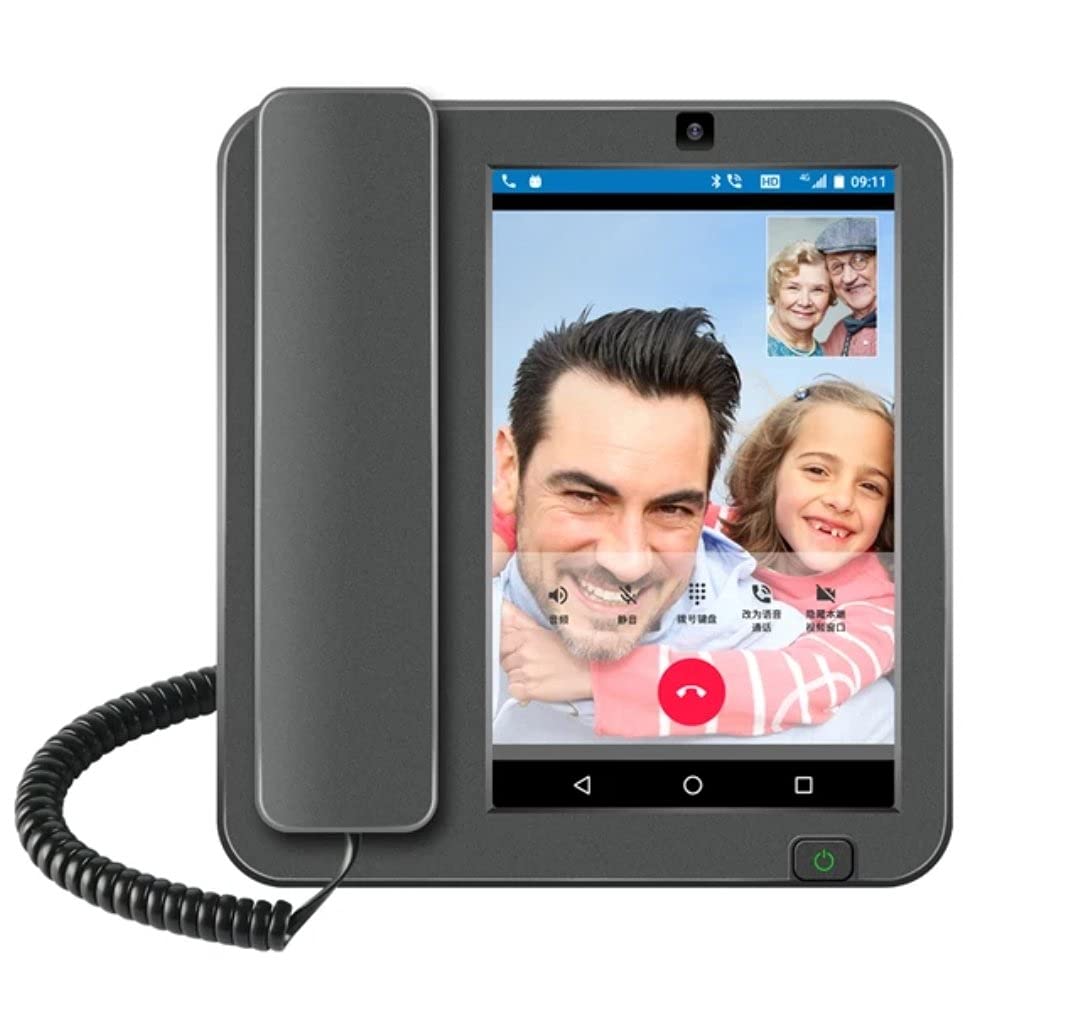A dead car battery is one of the most common issues that drivers face. If you've ever found yourself wondering, "What to do when car battery dies?", you're not alone. A dead battery can stop your day in its tracks, leaving you stranded and stressed. Whether you're at home, in a parking lot, or in a remote location, knowing what steps to take can make all the difference.
In this comprehensive guide, we’ll provide you with dead battery solutions and step-by-step instructions on how to fix a dead car battery. From jumpstarting your vehicle to preventing future issues, we’ve got you covered. By the end of this article, you'll have a clear understanding of the steps to handle a dead battery, including emergency fixes and tools that can save the day.
Common Causes of a Dead Car Battery
Before diving into solutions, it's essential to understand the common causes of a dead battery. Knowing what to do when car battery dies starts with identifying the root cause, so you can take steps to avoid future failures.
Headlights or interior lights left on: Leaving the lights on when the car is off is one of the most frequent causes of a dead battery. This drains the power, preventing the car from starting.
Extreme weather conditions: Hot or cold weather can affect your battery's performance. Cold temperatures can decrease the battery’s charge, while excessive heat can damage the battery over time.
Corroded or loose battery terminals: Corrosion on the battery terminals can prevent the battery from functioning properly. Loose terminals can cause poor connections, leading to starting problems.
Long periods of inactivity: If a vehicle isn’t used for extended periods, the battery can lose its charge. It’s important to start the car periodically if you're not using it.
Aged or poorly maintained batteries: Batteries naturally degrade over time. A battery that’s nearing the end of its lifespan may fail unexpectedly.
Steps to Handle a Dead Battery
Now that you know the common causes, let's dive into what to do when car battery dies. Here are the essential steps to handle a dead battery:
Check for Obvious Issues
When your car refuses to start, start by checking for the most common problems:
Lights or accessories left on: Double-check if the headlights or interior lights are on, which could drain the battery.
Corrosion or loose terminals: If you notice any corrosion or loose connections on the battery terminals, this could be the culprit.
Attempt to Jumpstart the Battery
Jumpstarting is one of the most effective dead battery solutions. Here’s how to fix a dead car battery by jumpstarting it:
Required Tools: Jumper cables and a second vehicle with a working battery.
Step-by-step Instructions:
Position the two vehicles close enough for the jumper cables to reach both batteries.
Attach the red positive cable to the dead battery’s positive terminal, then attach the other end to the positive terminal of the working battery.
Attach the black negative cable to the negative terminal of the charged battery and the other end to a grounded metal part on the dead car (avoid attaching it to the dead battery).
Start the working vehicle and let it run for a few minutes before attempting to start the dead car.
Safety Precautions: Always connect the cables in the right order and ensure they don’t touch, as this can cause electrical damage.
Use a Portable Jump Starter
If you’re without another vehicle to jumpstart your car, a portable jump starter is an excellent backup tool. Products like the iGADG A22 Portable Car Battery Jump Starter make it simple to charge your battery and get your vehicle moving again. The portability and ease of use make it an essential tool for any driver. When you ask "What to do when car battery dies?", this device provides a quick solution, ensuring you're not stranded for long.
Clean Battery Terminals
Sometimes, corrosion can prevent the battery from functioning correctly. Cleaning the terminals can improve the connection and solve the problem:
What You Need: Baking soda, water, a wire brush, and gloves.
Steps:
Mix a small amount of baking soda with water to create a paste.
Apply the paste to the battery terminals and let it sit for a few minutes.
Scrub the terminals with a wire brush to remove the corrosion.
Wipe the area with a damp cloth before reconnecting the terminals.
Replace the Battery
If the above methods don't work, your battery may be too far gone to salvage. Signs that your battery needs replacement include repeated failures to start the car, a swollen or misshapen battery case, or the inability to maintain a charge. Use online tools like the iGADG “Quick Battery Finder” to select the right battery for your vehicle.
Emergency Car Battery Fixes for Isolated Areas
Being stuck with a dead battery in an isolated location can be stressful. If you're asking "What to do when car battery dies?" and don’t have easy access to help, here are a few emergency car battery fixes:
Use a portable battery charger: If you're far from any other vehicle, a portable battery charger is a life-saver. Simply plug it in and let it recharge the battery enough to start the car.
Carry multi-functional tools: Tools like the iGADG 4-in-1 Handheld Vacuum Cleaner and Tyre Inflator can serve multiple purposes in emergencies, providing a handy way to inflate tires or clean up while you wait for assistance.
Roadside Assistance: If all else fails, don't hesitate to call roadside assistance. It’s better to get professional help than risk further damage to your vehicle.
Proactive Tips to Prevent Battery Issues
To ensure you're never caught off guard by a dead battery, follow these proactive tips:
Regularly check the battery’s health: Have your battery tested every few months to ensure it's in good condition.
Keep a portable jump starter: A portable jump starter is a must-have tool in any car. It can save you from the hassle of waiting for help.
Clean the terminals: Regularly cleaning the terminals can help prevent corrosion and improve battery performance.
Schedule battery health checks: Having a professional check your battery’s health bi-annually can catch any issues before they become major problems.
Don’t leave your car unused for long periods: Start your car periodically to keep the battery charged.
iGADG: Your Partner in Emergency Solutions
When it comes to what to do when car battery dies, iGADG is your go-to solution provider. Their products, like the iGADG A20 Car Battery Jump Starter and iGADG B1 Wireless Pump, offer reliable, high-quality solutions for emergency situations. These tools are known for their durability, ease of use, and high performance, making them essential for any driver.
Don’t wait for a dead battery to leave you stranded. Check out iGADG’s premium emergency solutions here and ensure you’re always prepared.
Conclusion
A dead car battery doesn’t have to ruin your day. By understanding what to do when car battery dies and following these steps to handle a dead battery, you can quickly resolve the issue. From jumpstarting to cleaning terminals, and even replacing the battery, these practical solutions will keep you on the road without unnecessary delays. Keep essential tools like a portable jump starter in your car to prevent future problems and ensure you're always ready to handle a dead battery.
Frequently Asked Questions
Q1. What should I do if my car battery dies?
The first step is to check for obvious issues like lights being left on or corrosion on the battery terminals. If these aren’t the problem, try jumpstarting the car or using a portable jump starter.
Q2. Can a dead battery be recharged?
Yes, a dead battery can often be recharged using jumper cables or a portable jump starter. If the battery is too old or damaged, it may need to be replaced.
Q3. How can I prevent my car battery from dying?
Regularly check the battery’s health, clean the terminals, keep a portable jump starter in the car, and avoid leaving the car unused for long periods.
Q4. How do I jumpstart a car?
To jumpstart a car, you need jumper cables and a working vehicle. Connect the cables in the correct order, ensuring the positive terminals are linked and the negative terminal is grounded.
Q5. How often should I replace my car battery?
Car batteries typically need replacing every 3-5 years, depending on usage and weather conditions.
Q6. Can I fix a dead car battery myself?
Yes, you can fix a dead car battery yourself by checking for obvious issues, jumpstarting the car, cleaning the terminals, or replacing the battery if necessary.
Q7. What’s the best tool to have for a dead battery?
A portable jump starter is the most effective tool for handling a dead battery, especially when no other vehicle is available for jumpstarting.
Q8. How can extreme weather affect my car battery?
Extreme cold or heat can shorten the lifespan of a battery and decrease its ability to start the car. Cold weather can cause the battery’s charge to drain faster, while heat can damage the battery’s internal components.
Related Articles
best car jump starter in India | how to use a jump starter | how to jump start a car | best car dash camera in India | how to jump start an automatic car | Charge car battery at home | How to start car when battery is down | How long do car batteries last

